Covid-19 letter to employees template
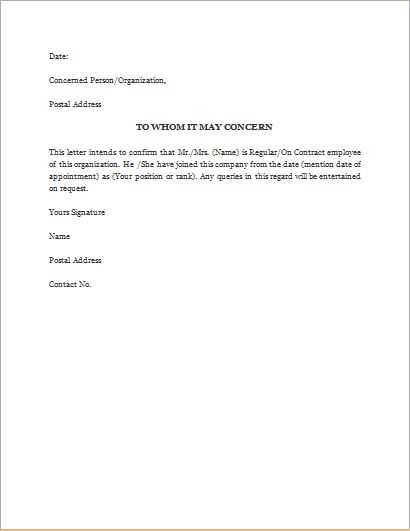
When crafting a letter to employees about Covid-19, clarity and transparency are key. Be direct and concise, while offering reassurances where needed. Start by addressing the current situation, outlining any immediate changes, and reinforcing your commitment to the health and well-being of your team.
Let your employees know what measures are being taken within the workplace to ensure their safety. Provide specific information on adjustments to policies, work-from-home arrangements, or any new health guidelines that may be in place. Acknowledge the uncertainty they might be feeling and assure them that the company is making every effort to minimize disruptions and support their needs.
Communicate any important updates regarding paid sick leave, remote work options, or other benefits that are directly impacted by the pandemic. This shows that you are considering their individual circumstances and are ready to support them during challenging times.
Conclude by emphasizing open lines of communication. Encourage employees to reach out with any questions or concerns, and reinforce the idea that you’re all in this together. This can help maintain morale and trust within the company as everyone adjusts to the new normal.
Covid-19 Letter to Employees Template
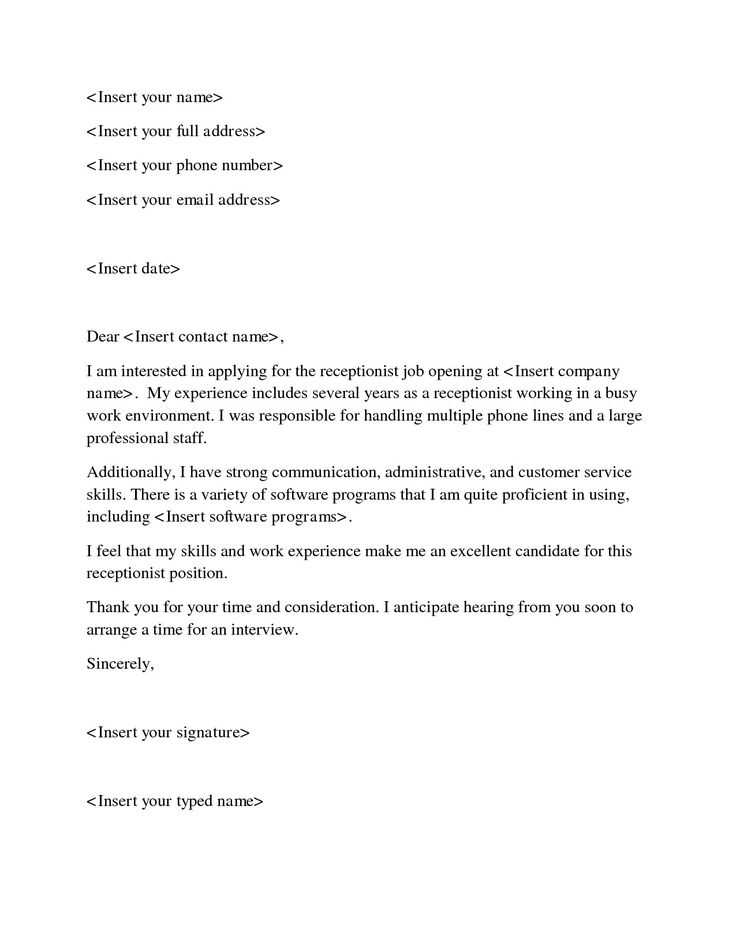
Address the current situation with empathy and clarity. Ensure the tone is reassuring and transparent, acknowledging the challenges while offering support. Start by stating the company’s commitment to employee health and safety.
Subject: Important Update on Company Operations and Health Guidelines
Dear Team,
As we continue to monitor the ongoing Covid-19 situation, we want to assure you that the health and well-being of our employees remain our top priority. We understand this is a challenging time, and we are committed to providing the necessary resources to support each one of you.
Effective immediately, we will be implementing the following measures to ensure a safe work environment:
- Work-from-home options will be available for those who are able to perform their duties remotely.
- For employees who need to come into the office, we are increasing cleaning protocols and ensuring social distancing guidelines are followed.
- All employees are encouraged to monitor their health and seek medical advice if needed. If you are feeling unwell or have been in contact with someone diagnosed with Covid-19, please stay home and notify HR.
- We will continue to evaluate the situation and provide updates as needed.
We understand that balancing work and personal health concerns can be difficult, and we want to ensure that you feel supported during this time. If you have any questions or need additional accommodations, please reach out to HR directly.
Together, we can continue to navigate this situation while ensuring the safety of our team and maintaining productivity. We appreciate your dedication and flexibility as we work through this together.
Thank you for your understanding and commitment.
Best regards,
[Your Name]
[Your Position]
This template gives a straightforward approach with clear, actionable steps. It maintains a supportive and understanding tone, ensuring that employees feel valued and informed.
How to Begin Your Covid-19 Letter to Employees
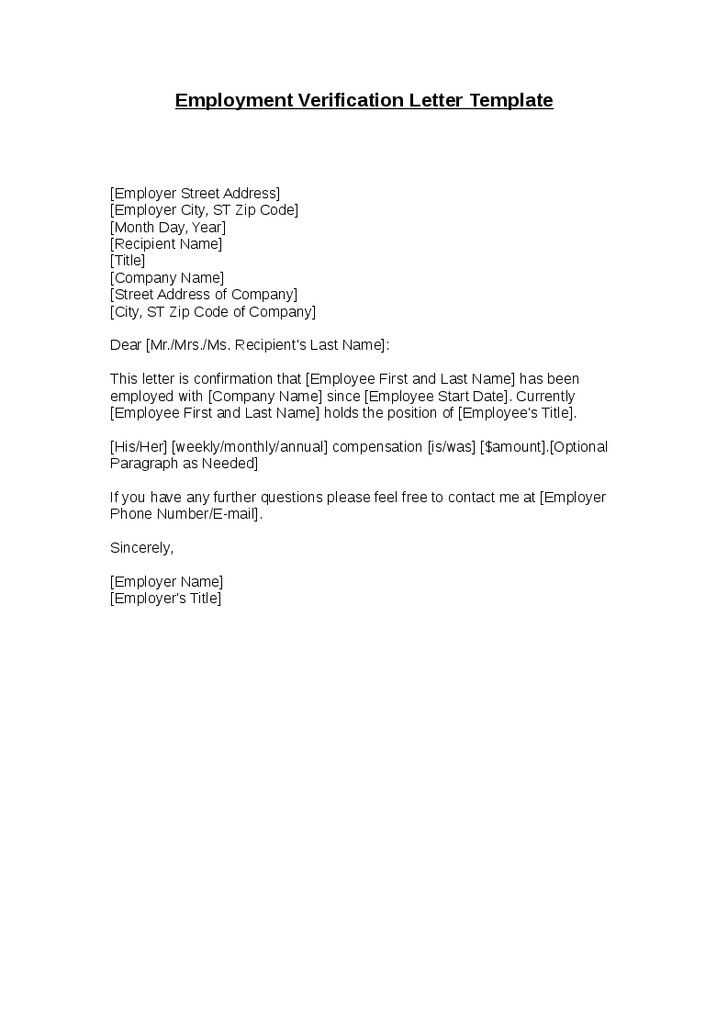
Begin by acknowledging the seriousness of the situation and its potential impact on both employees and the organization. Express empathy and concern for their health and well-being from the outset. Let them know you are aware of the challenges they may face and the uncertainty of the situation.
Next, clearly state the purpose of the communication. Be specific about the measures the company is taking to address the crisis and keep the team informed. This establishes trust and reassures employees that the company is acting proactively.
Offer transparency about any changes in work structure, hours, or responsibilities. If possible, outline steps to help employees adjust to these changes. By being clear and concise in the opening, you set a positive tone for the rest of the message.
Here’s an example of how you can structure your beginning:
- “We know that these are uncertain times, and your health and safety remain our top priority.”
- “We want to keep you updated on the measures we are implementing to protect you and maintain business continuity.”
- “We understand the challenges many of you are facing and are committed to supporting you in every way possible.”
By addressing the situation directly and with understanding, you can help alleviate some of the anxiety employees may be feeling and foster a sense of unity during a difficult time.
Key Information to Include About Employee Health and Safety
Outline the protocols for reporting illness. Employees should notify their supervisor immediately if they exhibit symptoms of COVID-19 or if they have been in close contact with someone who has tested positive. Provide clear instructions for how to report absences and ensure confidentiality of medical information.
Safety Measures in the Workplace
Clearly state any safety measures in place, including mask-wearing policies, social distancing guidelines, and sanitation practices. Make sure employees understand the importance of cleaning their workstations regularly and using available disinfectants. Highlight any changes to the physical workspace that aim to reduce risk.
Health Resources and Support
Offer resources for employees who may need medical advice or support. This could include access to telemedicine services, local testing sites, or information about employee health benefits related to COVID-19. Encourage employees to reach out if they need help managing their health or wellbeing during this time.
How to Address Remote Work Guidelines During the Pandemic
Set clear expectations for work hours. Define specific hours employees are expected to be online and available for meetings or collaboration. Establish flexibility around start and end times, but ensure there is overlap for team interactions. Consider using time tracking software if necessary.
Provide guidelines on communication. Encourage regular check-ins, whether through video calls or messaging platforms, to maintain a sense of connection. Specify preferred tools for different types of communication, such as email for formal matters and instant messaging for quick updates.
Address equipment and workspace. Outline what tools and resources the company will provide (laptops, software, etc.) and what employees are responsible for (ergonomic furniture, high-speed internet). Offer support for setting up home offices to ensure employees can work comfortably and safely.
Encourage work-life balance. Clearly state boundaries for work hours to avoid burnout. Remind employees to take breaks, limit overtime, and disconnect after working hours. Offer mental health resources or counseling services for those who need them.
Set guidelines for productivity. Define specific goals and deliverables, along with deadlines. Encourage employees to share progress regularly and be proactive in addressing challenges. Avoid micromanaging but provide a framework to ensure that productivity remains high.
Outline security protocols. Stress the importance of secure passwords, VPNs, and safe handling of sensitive information. Remind employees to be cautious about phishing attempts and other cybersecurity risks that may increase while working remotely.
Offer flexibility with time off. Make it clear that employees can take sick leave or personal time when needed, especially during stressful periods. Ensure employees know how to request time off and that it will be approved without negative repercussions.
Be transparent about company changes. Communicate regularly about any adjustments in company operations or updates to policies. This transparency builds trust and helps employees feel informed and involved, even when working remotely.
| Guideline | Details |
|---|---|
| Work Hours | Set clear work hours with flexibility. Allow overlap for team communication. |
| Communication | Define preferred communication tools for different purposes (email, IM, video calls). |
| Equipment | Provide necessary tools and support for a comfortable home office setup. |
| Work-Life Balance | Encourage regular breaks and respect for off-hours. Provide mental health resources. |
| Productivity | Set goals and deadlines. Encourage regular progress updates and proactive problem-solving. |
| Security | Emphasize the use of secure passwords, VPNs, and safe handling of company data. |
| Time Off | Offer flexibility with sick leave or personal days as needed. |
| Transparency | Keep employees informed of any changes in policies or company updates. |
Communication on Adjusted Working Hours and Schedules
Notify your team immediately about any changes in working hours or schedules. Provide clear, specific details regarding the start and end times, as well as any necessary shifts or modifications to regular working days. Let employees know whether remote work is an option or if they are required to be physically present at the office during adjusted hours.
Keep employees informed about the duration of these adjustments. If it’s temporary, state when they can expect regular hours to resume. Ensure all team members understand their responsibilities during this period and clarify how it will impact their work-life balance.
Use multiple communication channels to share updates–emails, internal messaging systems, or meetings can all be used to ensure that everyone is on the same page. It’s helpful to offer a point of contact for any questions or clarifications regarding the changes.
Encourage flexibility within the team and provide opportunities for employees to voice concerns or suggest adjustments that would help them balance personal and work commitments during the changes. Make sure to be responsive to feedback to ensure the adjustments work for everyone.
Guidance on Paid Leave and Sick Leave Policies
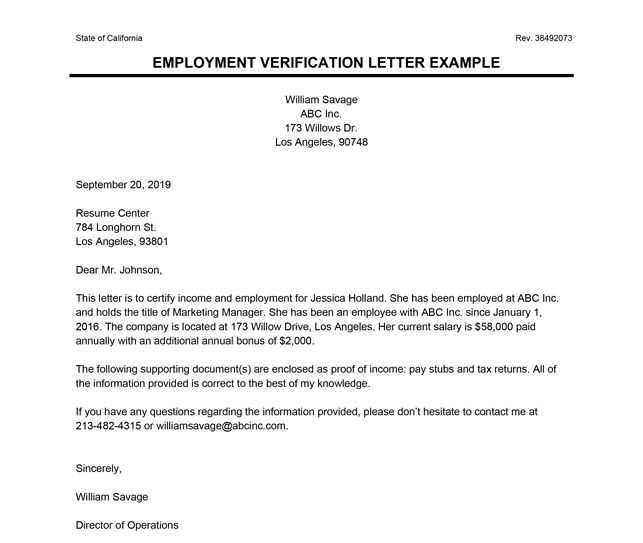
Employees who feel ill or are unable to work due to Covid-19 should be aware of their rights to paid leave and sick leave. It’s crucial to know how these policies are structured within your organization to avoid confusion and to ensure that employees can focus on their recovery without added financial stress.
Paid Sick Leave
Employees diagnosed with Covid-19 or showing symptoms are eligible for paid sick leave, in line with local regulations or company policy. Typically, paid sick leave is offered from the first day of illness. Ensure that employees are informed about the process for notifying supervisors or HR, as well as the required documentation (e.g., a doctor’s note or test result). The duration of sick leave can vary depending on company guidelines or the severity of illness, but it should align with government mandates or health guidelines.
Paid Leave for Caregiving
Employees who need to take care of a family member impacted by Covid-19 are often eligible for paid leave as well. This leave may apply when a family member is ill, quarantined, or requires care due to Covid-19-related reasons. Policies should specify the documentation required and outline the number of days employees can take for caregiving purposes. Encourage employees to communicate early to avoid scheduling conflicts and to ensure coverage.
It’s essential to provide clarity on how paid sick leave and caregiving leave are tracked. Whether through a dedicated leave management system or manual tracking, employees must know how their leave balances are updated and how much leave they have remaining. Keep records up to date to avoid misunderstandings regarding paid leave entitlements.
How to Encourage Employee Engagement and Mental Health Support
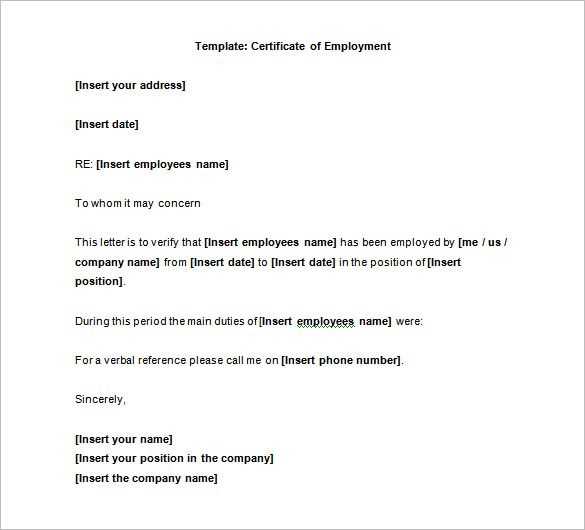
Create open channels of communication for employees to express concerns and suggestions. Regular check-ins and one-on-one meetings help identify stressors early on and allow for tailored support. Encourage managers to listen actively and provide actionable feedback.
Offer flexible work hours and remote options to accommodate personal situations. Acknowledge the need for balance between work and personal life, and make it clear that employees’ well-being is a priority.
Promote wellness initiatives like mental health days, access to therapy, or stress-relief activities. Set aside time during the workday for employees to take breaks and engage in activities that recharge them.
Provide opportunities for skill development and career growth. Offering workshops, training, or mentorship can make employees feel valued and boost their engagement by showing that their progress matters.
Recognize achievements, both big and small, to boost morale and motivation. Regularly thank employees for their hard work and let them know they’re seen and appreciated.
Encourage a culture of inclusion and support. Ensure employees feel they can discuss mental health without fear of stigma. Create spaces for open dialogue, where mental health is treated as a priority, not an afterthought.
Leverage peer support programs. Employees can find comfort in talking to colleagues who might share similar challenges. A buddy system or informal group discussions can be effective in offering encouragement.